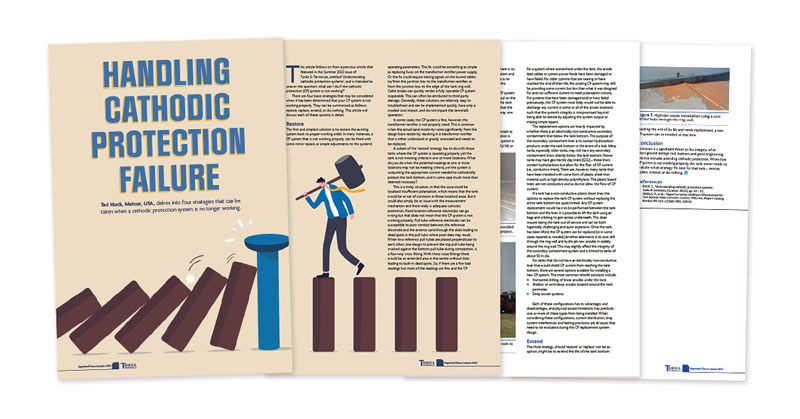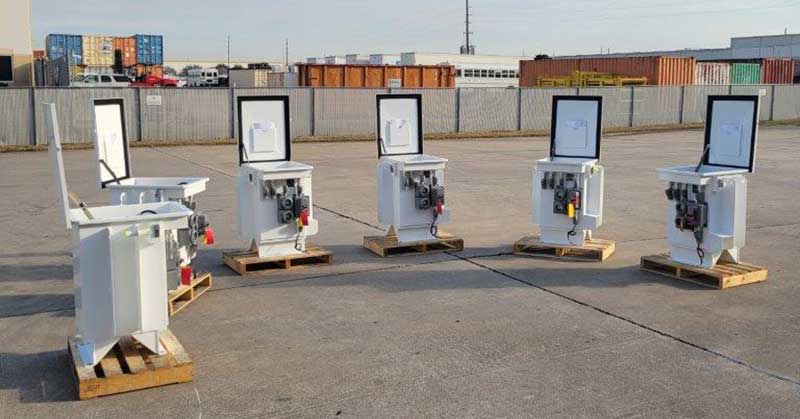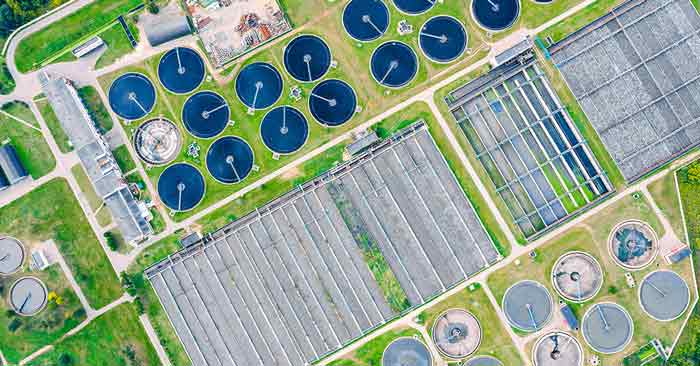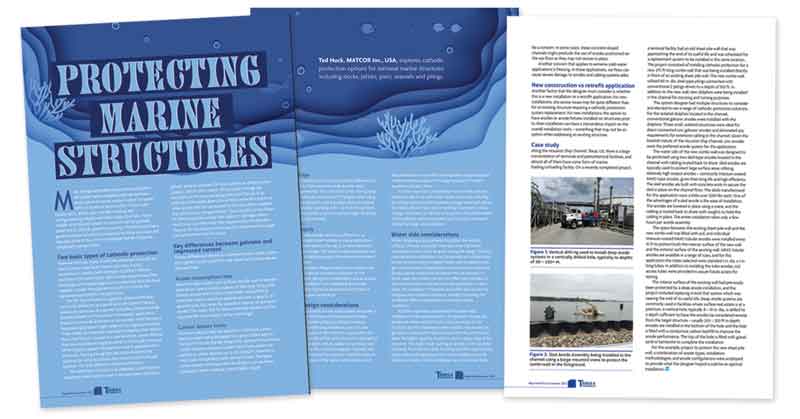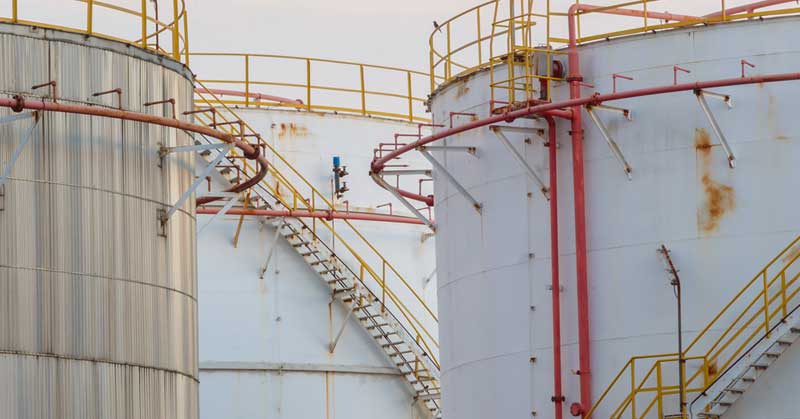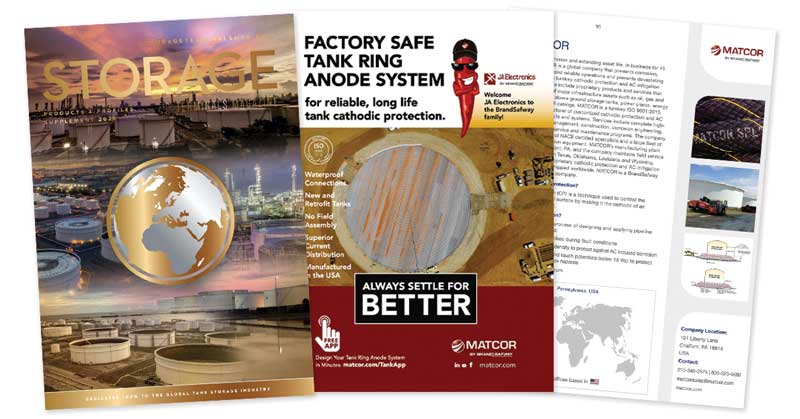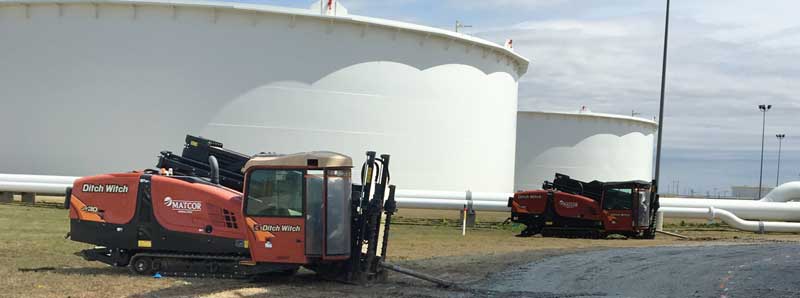We recently received an inquiry on our cathodic protection FAQ asking about “the best corrosion control protection for above-ground steel tanks treating wastewater.” Well, corrosion control for water treatment facilities is such an interesting and relevant topic that it warrants an expanded response, so here goes.
Wastewater treatment facilities generally have many tanks storing and processing wastewater through multiple treatment stages. These tanks and vessels are subject to corrosion, and there are a range of strategies to extend their service life.
Corrosion Protection Strategies for Water Treatment Tanks and Vessels
These strategies fall into four broad categories: material selection, chemical treatment, coatings, and cathodic protection.
Wastewater Tank and Vessel Material Selection
From a material selection perspective, most wastewater treatment vessels are carbon steel. However, some chemical wastewater treatment facilities may require more “exotic” materials early in the treatment process due to the wastewater feed material.
Once the wastewater feed material has been treated and/or neutralized, the remaining process tanks and vessels are likely to be carbon steel construction.
Corrosion Protection via Chemical Treatment
The next broad category of corrosion control strategies is chemical treatment. While chemical treatment is an integral part of the wastewater process, specifically in terms of pH neutralization and chlorination processes, the chemical treatment performed during the treatment of wastewater is not typically intended to control corrosion.
One area where chemical treatment might be a viable corrosion control strategy is with the use of vapor corrosion inhibitors (VCIs) to protect the underside of steel storage tanks.
Coatings for Corrosion Control of Water Treatment Tanks and Vessels
The appropriate selection and application of coatings is a key corrosion control strategy for wastewater treatment facilities.
Coatings are particularly effective in protecting carbon steel structures including above ground piping, atmospheric external tank shells, wetted internal tank walls, submerged steel structures, and many other structures.
Coatings, however, are not perfect and they have a finite life. For structures that are easy to access, inspecting and re-coating are often the sole means applied to protect against corrosion.
Cathodic Protection
The final corrosion mitigation strategy that can be effectively employed to protect wastewater tanks and process vessels is the use of cathodic protection.
Cathodic protection can be used to protect bare steel structures, or in conjunction with coatings.
There are two basic types of cathodic protection, galvanic (often termed sacrificial) and impressed current. Some typical cathodic protection applications in wastewater treatment facilities include protecting the soil side bottoms of large above ground storage tanks and vessels, and protecting the internal wetted surfaces of tanks and process vessels including rotating equipment such as rakes and wiper arms.
MATCOR has extensive experience designing, supplying and installing cathodic protection systems for wastewater tanks and process equipment, including several proprietary impressed current anode systems that are especially well suited for these applications.
Have questions or need a quote for corrosion prevention materials or services? Contact us at the link below. For immediate assistance, please call +1-215-348-2974.
Contact a Corrosion Expert

